The phrase „design thinking methodology” is often used in advertising nomenclature. What does this actually mean? Is it really so useful for organizing work on projects? How can this make our lives easier? You will find the answer to these and other questions in the text below.
The English phrase "design thinking" is difficult to translate literally into Polish. It is best to break this term down into the first parts so that everyone understands exactly what it means.
Design thinking is so-called design thinking. This is the process of creating new technologies, products, or services based on a deep understanding of the problems and needs of users. And what is important-design thinking is useful not only during professional work, but also in everyday life! What, however, you will find out in a minute.
A good example of design thinking focused on real human needs is my favorite image that relates specifically to this topic (In this case, also to a related topic, i.e. user experience). It is the person and their needs that you need to focus on when developing a product or service, or even all marketing communications. In the end, it's all about designing solutions so that people are happy to access them (in the case of a product or service).
source: www.searchinfluence.com
But let's start at the beginning.
The design thinking methodology was popularized by the consulting firm IDEO. It gained traction in the broader business world after IDEO CEO Tim Brown wrote a 2008 article for the Harvard Business Review about using design thinking in business – m.in at a California hospital and a Japanese bicycle company. Today, one of the most popular courses at Stanford University is Designing Your Life, which uses design thinking to build a career and life.
What is design thinking?
Design thinking is the process of solving problems by prioritizing specific needs. It consists of observing (with empathy!) how people interact with their environment, and then observing how they develop a practical approach to creating innovative solutions.
Human-centered design thinkingwhich means that it uses evidence of how consumers (people) actually interact with a product or service, rather than how someone else thinks they will deal with it. Designers observe how and how people use a product or service, and after analyzing it, refine the product or service to improve the consumer experience. This is an "iterative" part of design thinking. What's important in design thinking is moving quickly from observation to action and prototyping so that you don't waste time with unnecessary distractions.
Unlike traditional problem solving, which is a linear process of identifying a problem and then brainstorming it, design thinking only works when it's iterative. This is not a way to come up with a single solution, but a way to constantly develop thinking and meet the needs of consumers.
The entire design is well shown in the infographic below:
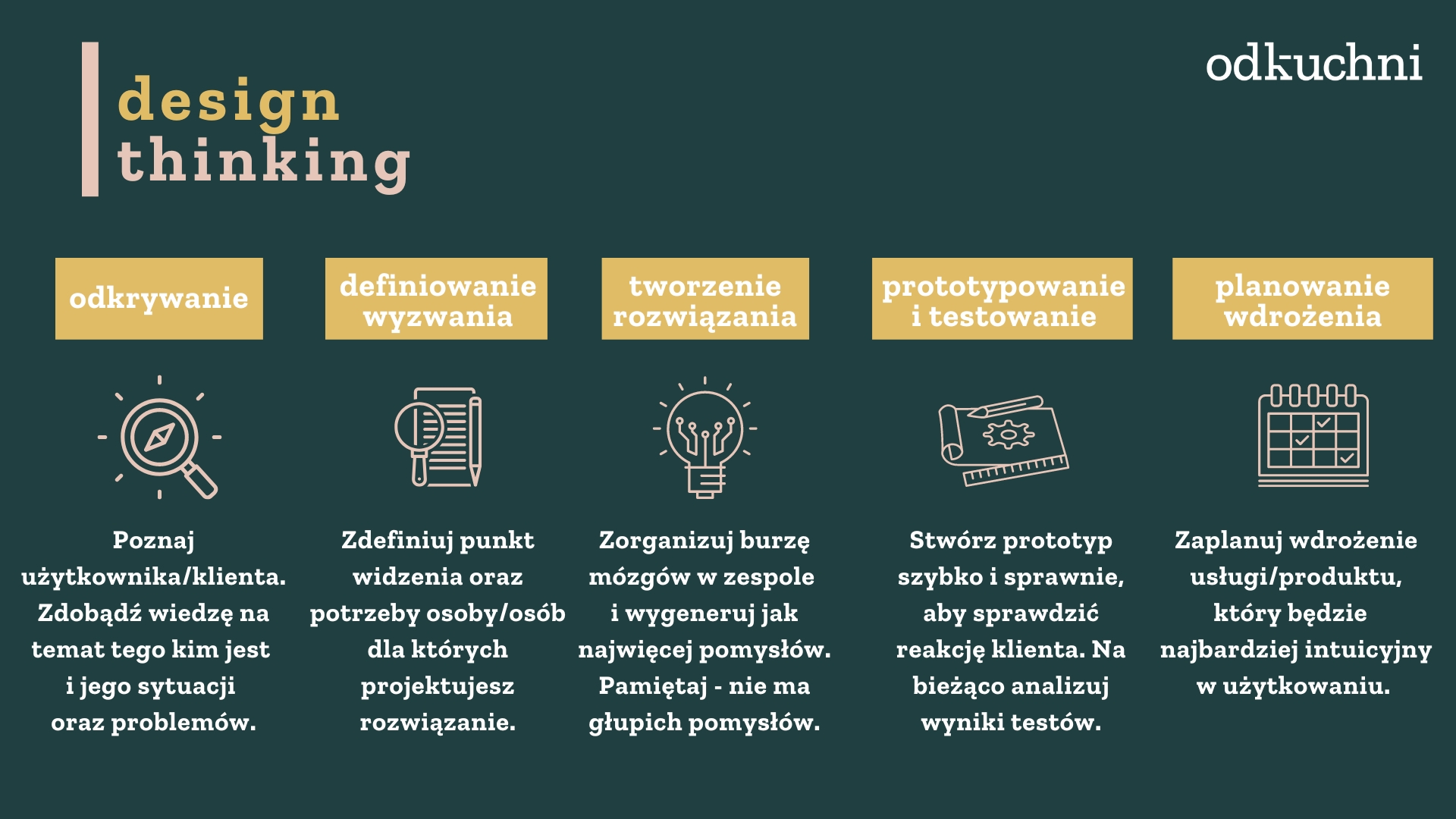
source: in-house development
Below we will consider each of the sub-items:
- Discovery (based on empathy): Understand the client / user and the challenges they face by conducting interviews, mapping empathy, and listening to their stories.
- Problem Definition: Organize and analyze research information to create a brief description of the problem and a possible solution or hypothesis.
- Creating a solution (i.e. brainstorming phase). Designers think about a wide range of possible solutions and evaluate each of them. Remember - there are never any bad ideas during brainstorming!
- Prototyping and testing: Turning ideas into a physical product or service design that addresses the needs of the customer/user. Putting the prototype in the hands of the user and determining whether the product solves the problem and reduces friction or frustration.
- Planning and implementation: This is the last stage when we know that our prototype works in everyday life. At this stage, you should carefully plan your communication strategy – or, if the product/service is already on the market, start communicating.
Finally, I will add two examples of applying the design thinking methodology in practice. In my opinion, UberEats and Netflix do it perfectly!
Uber Eats:
UberEats ' design team constantly uses the principles of design thinking to combine cutting-edge technology with a traditional approach to eating food in a restaurant or at home. One of the elements that really sets the UberEats design team apart is their commitment to the design thinking process. They try to be so empathetic to the experience of their users that they have implemented the Walkabout program, a quarterly event where UberEats designers travel to a specific city to learn about its transportation infrastructure, supply chain and restaurant industry, as well as the overall food culture. Beyond this exciting design technique, UberEats designers are quick to repeat and constantly innovate.
They participate in rapid field trials, where designers interview and prototype the people who will use the product most often: restaurant employees, delivery drivers, and food recipients. The UberEats team also hosts an innovation workshop, where team members from multiple disciplines gather to brainstorm on possible improvements. These same designers also participate in numerous off-budget conferences, meetings, and conversations related to the restaurant industry, culinary trends, and food technology.
Thanks to all these procedures, the Uber Eats food ordering app is really intuitive and very easy to use, and you can place an order in just a few clicks.
Netflix:
In 2011, Netflix started creating its own content, original movies and TV series, which changed the way we approach movies and watch movies from the comfort of our own homes. Recognizing that customers crave better and more provocative content, groundbreaking shows like Stranger Things, Black Mirror, and Orange is The New Black were created – shows that were too provocative for prime-time TV stations, but were consumed by online viewers.
In 2016, Netflix changed again, redesigning its original interface to capture the attention of customers from the moment they first appeared on the site. Instead of offering still images or posters from the show, they've added trailers that trigger when the customer starts scrolling. Netflix also used artificial intelligence and predictive analyticsto create a unique experience for each viewer based on that customer's viewing habits: "because you watched...”. This not only changed the quality of Netflix's customer experience, but also changed customer expectations of any other entertainment company.
Netflix has leveraged all of these innovations, using design thinking to continually empathize with the needs of its customers, and recognizing that the only way to stay relevant is to stick to exactly what each customer wants to experience when using the service.
One of Netflix's super solutions, based on an earlier analysis of user needs, is also the ability to disable the so-called "front panel" that appears at the beginning of each episode. It seems like a simple solution, and yet there's a hint of genius in it, right?
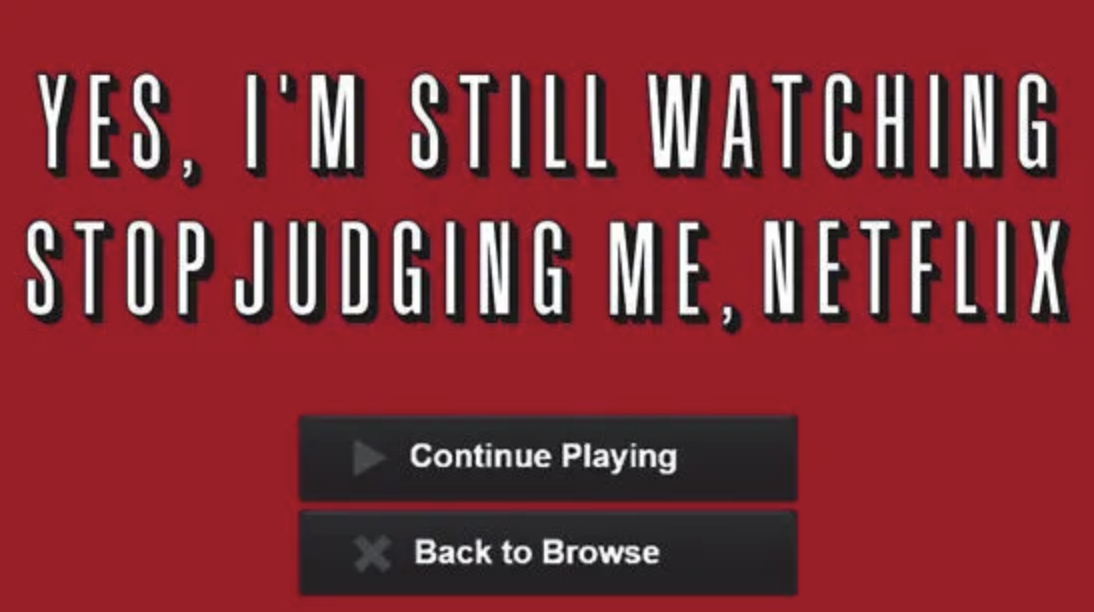
źródło: https://medium.com/@vissnu
Mam nadzieję, że dzięki wszystkim przykładom dobrze zrozumiesz na czym polega metodologia design thinking. Co moim zdaniem jest w tym najważniejsze? Wszystkie problemy i bolączki klientów czy użytkowników są rozwiązywane głównie dlatego, że jedni słuchają drugich, a przecież to o to w tym wszystkim tak naprawdę chodzi. Zarówno w biznesie, jak i w życiu codziennym. 🙂
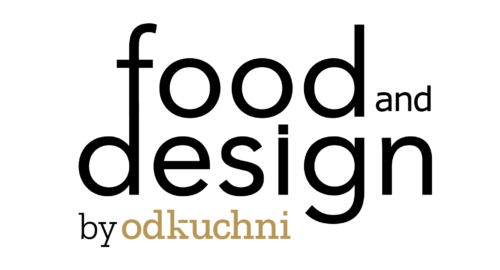
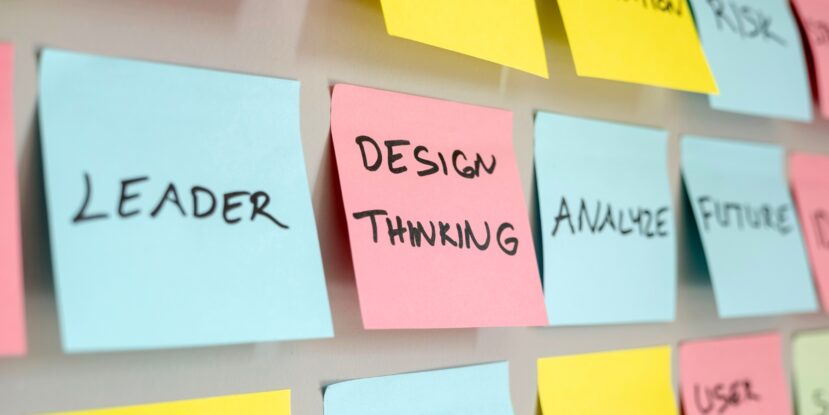
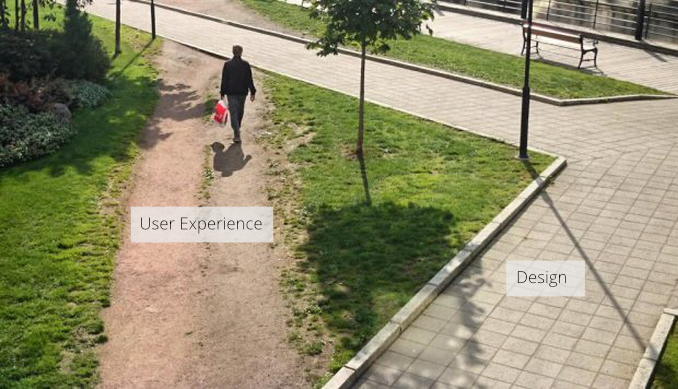








 Junior specialist in Marketing Communications and PR.
Junior specialist in Marketing Communications and PR.


 He is a graduate of the University of Warsaw and the Main School of Agriculture. We have been in the HoReCa industry for more than 10 years. For many years, he has been associated with the Trip group, Sobienie Royal Golf and Country Club, and the Florentin Restaurant in Warsaw.
He is a graduate of the University of Warsaw and the Main School of Agriculture. We have been in the HoReCa industry for more than 10 years. For many years, he has been associated with the Trip group, Sobienie Royal Golf and Country Club, and the Florentin Restaurant in Warsaw. She graduated from the Faculty of Architecture of the Warsaw Technical University with a degree in Architecture for the Knowledge Society and Visual Communications at the Polytechnic University of Milan. A specialist in creating a mood. She has gained experience at home and abroad at numerous international seminars (Seville, Lisbon, Florence), fellowships at La Sapienza (Rome), etc. m.in. in Carmi e Ubertis and ADM Milano.
She graduated from the Faculty of Architecture of the Warsaw Technical University with a degree in Architecture for the Knowledge Society and Visual Communications at the Polytechnic University of Milan. A specialist in creating a mood. She has gained experience at home and abroad at numerous international seminars (Seville, Lisbon, Florence), fellowships at La Sapienza (Rome), etc. m.in. in Carmi e Ubertis and ADM Milano.








 A manager with many years of experience in the cosmetics, food, and children's industries. During his career, he was associated with such companies as: L'Oreal, Samsung, Danone-Nutricia, Unilever. During his professional life, he was responsible, among other things, for the development of e-commerce sales and content in Poland and the countries of Central and Eastern Europe.
A manager with many years of experience in the cosmetics, food, and children's industries. During his career, he was associated with such companies as: L'Oreal, Samsung, Danone-Nutricia, Unilever. During his professional life, he was responsible, among other things, for the development of e-commerce sales and content in Poland and the countries of Central and Eastern Europe. 

























































